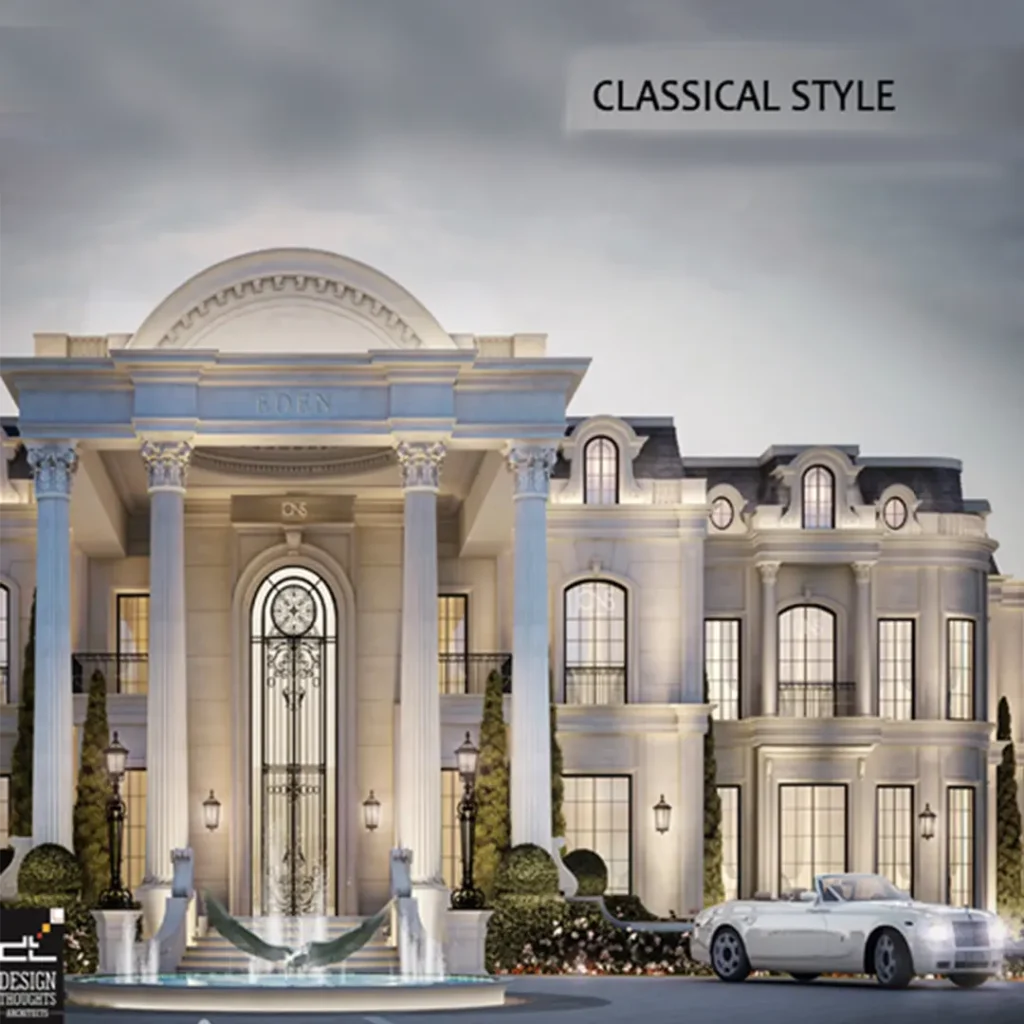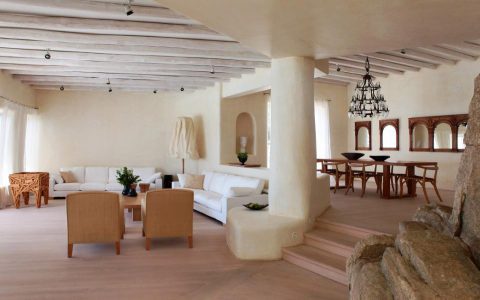Greek house architecture, spanning millennia, exhibits distinct evolution from classic to modern eras, reflecting both adaptation and enduring principles.
Core Elements of Classic Greek Architecture
Dating back to ancient and Byzantine traditions, classic designs emphasize symmetry, proportion, and natural materials. Key characteristics include:
- Columnar orders - Doric, Ionic, or Corinthian styles from temples, integrated into residences for structural elegance.
- Whitewashed facades - Stone or stucco surfaces resist heat and symbolize purity, often complemented by simple geometric forms.
- Open-air spaces - Courtyards and verandas promote airflow and social interaction, enhancing Mediterranean livability.
These principles fostered timeless harmony with the climate and landscape.

Evolution to Modern Greek Architecture
Influenced by 20th-century modernism, contemporary designs prioritize functionality, innovation, and sustainability while adapting to urban demands:
- Minimalist forms - Concrete and steel create clean lines and uncluttered facades, replacing ornamental details.
- Energy efficiency - Insulation, solar orientation, and materials like thermal concrete reduce environmental impact and operational costs.
- Flexible layouts - Open-plan interiors and multipurpose rooms cater to dynamic lifestyles, contrasting with rigid classical divisions.
This shift reflects broader technological and societal changes without abandoning Greek identity.
Timeless Design Changes
Despite transformations, certain elements persist across eras, ensuring continuity:
- White color palette - Retained for its cooling properties and aesthetic cohesion.
- Indoor-outdoor flow - Balconies and courtyards remain essential for climate adaptation and cultural practices.
- Luminous quality - Mastery of natural light through orientation and window placement endures, creating serene, functional spaces.
Thus, Greek architecture maintains relevance through pragmatic innovation and heritage-based aesthetics.







